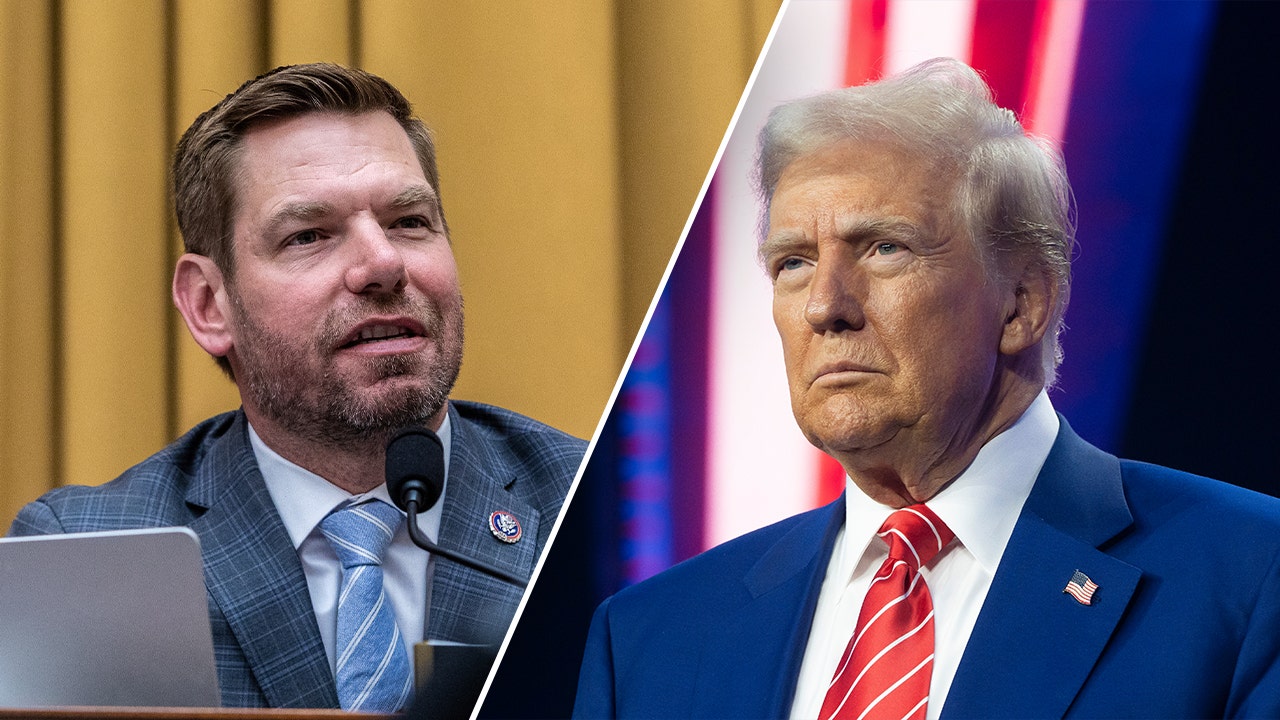This article is part of the FT’s Financial Literacy and Inclusion Campaign joint seasonal appeal with Magic Breakfast
Before dawn in the highlands of West Java, dozens of kitchen staff are hard at work making free meals for more than 3,000 schoolchildren in the Indonesian town of Warungkiara.
From 3am, as rain pours outside, employees arrive at a kitchen in a one-storey building to chop and cook hundreds of kilogrammes of fruit, vegetables, rice and eggs. From about 7am, when the town’s children start heading to schools, the kitchen is ready to begin distributing food to students.
Warungkiara’s kitchen is a pilot project. Thousands like it will be rolled out across the country beginning this month as part of President Prabowo Subianto’s flagship programme to provide free lunch for all school children and pregnant mothers.
Fully implemented, it will be one of the world’s largest free meals programmes, reaching more than 82mn people at an estimated cost of $28bn a year.
It is a sum expected to strain Indonesia’s already-stretched government finances. But Prabowo, who took office in October, has touted the programme as a solution to improve children’s nutrition and boost local economies — which he hopes will have a ripple effect on economic growth and development in the world’s fourth most-populous country.
“This is a long-term investment in human capital,” said Dadan Hindayana, head of the newly created national nutrition agency, which will oversee the free meals programme.
“Children who have never seen balanced meals will get to enjoy [such meals] at least once a day, every day. It will impact their growth,” he told the Financial Times in an interview in Jakarta.

Dadan also said the programme would boost productivity across Indonesia as the government increases sourcing of food products.
That could help Prabowo meet his ambitious goal of boosting annual growth from 5 per cent to 8 per cent — though economists say other reforms and investments are also needed.
Prabowo promised the free lunches during his election campaign, but the pledge was dismissed by critics as a populist measure. However, others say there are real benefits, particularly for children’s health and academic performance.
Feed the future

Support the Financial Literacy and Inclusion Campaign’s joint seasonal appeal with Magic Breakfast
Stunting — impaired growth and development in children from poor nutrition and repeated infections — has been an issue in Indonesia for decades. Government data shows the prevalence of stunting dropped from 37 per cent in 2013 to 21.5 per cent in 2023, but it remains a problem with longer-term impact.
The OECD says stunting can lead to lasting impairments to physical and cognitive abilities, as well as disadvantages for health, life expectancy, skills and jobs.
It says infant malnutrition has contributed to poor education performance in primary schools: in 2022 as in previous years, Indonesian students scored significantly worse than the OECD averages in mathematics, reading and science.
The free lunch programme, along with other efforts, “will better prepare children for learning and growing”, the OECD said in a report in November.

The pilot project at Warungkiara, a town of 66,000, got under way shortly before Prabowo won February’s presidential election, and illustrates the kind of social and economic impact that the government hopes to trigger.
Run by a think-tank called Indonesia Food Security Review, which is advising the government on how to implement the programme nationally, it employs about 50 people including cooks, drivers and cleaners. It distributes meals to 20 schools, six days a week. A nutritionist helps design the meals.
Pahmi Idris, the kitchen manager, said the pilot project had created local jobs and boosted income for staff who were previously housewives, unemployed or worked in the informal sector. All produce is sourced from local farmers and suppliers, Pahmi said.
“Locals who previously did not have income now work here,” he told the FT. Farmers, hawkers and small retailers in the town have seen their income double and farmers are expanding to meet the kitchen’s demand, he added.

Schools that receive the free meals also said they had seen an improvement in attendance.
“Over time, the absence rate has been decreasing. This also influences the learning process,” said Iswah Ismatullah, principal at the Himmatussalam Islamic high school, which has 109 students.
Primary school head Atmaja, who goes by one name, said some students take a portion of the free meals home to share with siblings or their parents, most of whom are farmers or do odd jobs.
The Warungkiara kitchen is seen as the benchmark for the programme’s national rollout, but expansion across the vast archipelago of 17,000 islands will face many challenges.
Indonesia will have to avoid the pitfalls seen in India, which runs the world’s largest free meals programme, catering to 118mn students. Indian government officials and others say the programme has been mismanaged in some places.
Setting up kitchens, sourcing food and distribution in some remote islands could also prove difficult. Dadan from the national nutrition agency said the government could rope in the police, military and non-governmental organisations to help. Indonesia plans to set up nearly 30,000 kitchens, each serving about 3,000 students, when the programme reaches full scale by 2027.
“This is a massive programme that will need the involvement of all parties,” he said.

Another big hurdle is finance. An average meal is expected to cost Rp10,000 per day, and the total $28bn cost is expected to include setting up the kitchens and other operational costs.
Indonesia has budgeted Rp71tn ($4bn) for the first year of the programme, but expanding it will test Jakarta’s fiscal strength. Rating agencies say more borrowing could hurt the country’s credit rating.
“The gradual rollout of the free meal programme may add to some recent pressures on Indonesia’s government finances,” said Thomas Rookmaaker, head of Asia-Pacific sovereigns at Fitch Ratings.
On a recent visit to China, Prabowo signed an agreement with Beijing to support funding for the programme, though the governments did not provide details.
Any fiscal strains are a distant concern in Warungkiara. Eneng, who works in the pilot kitchen, said the programme had helped increase her family’s income.
“This (kitchen] really helps. The women around here previously did not have any income. Now that we’re working here, we can help our husbands and children,” she said, peeling garlic along with other women in preparation for the next day’s meals.
“As for our children, we are assured that they will have healthy meals. It gives parents peace of mind.”



/cdn.vox-cdn.com/uploads/chorus_asset/file/25822958/010824_Nintendo_Switch_2_3D_printed_mockup_ADiBenedetto_0001.jpg)




















